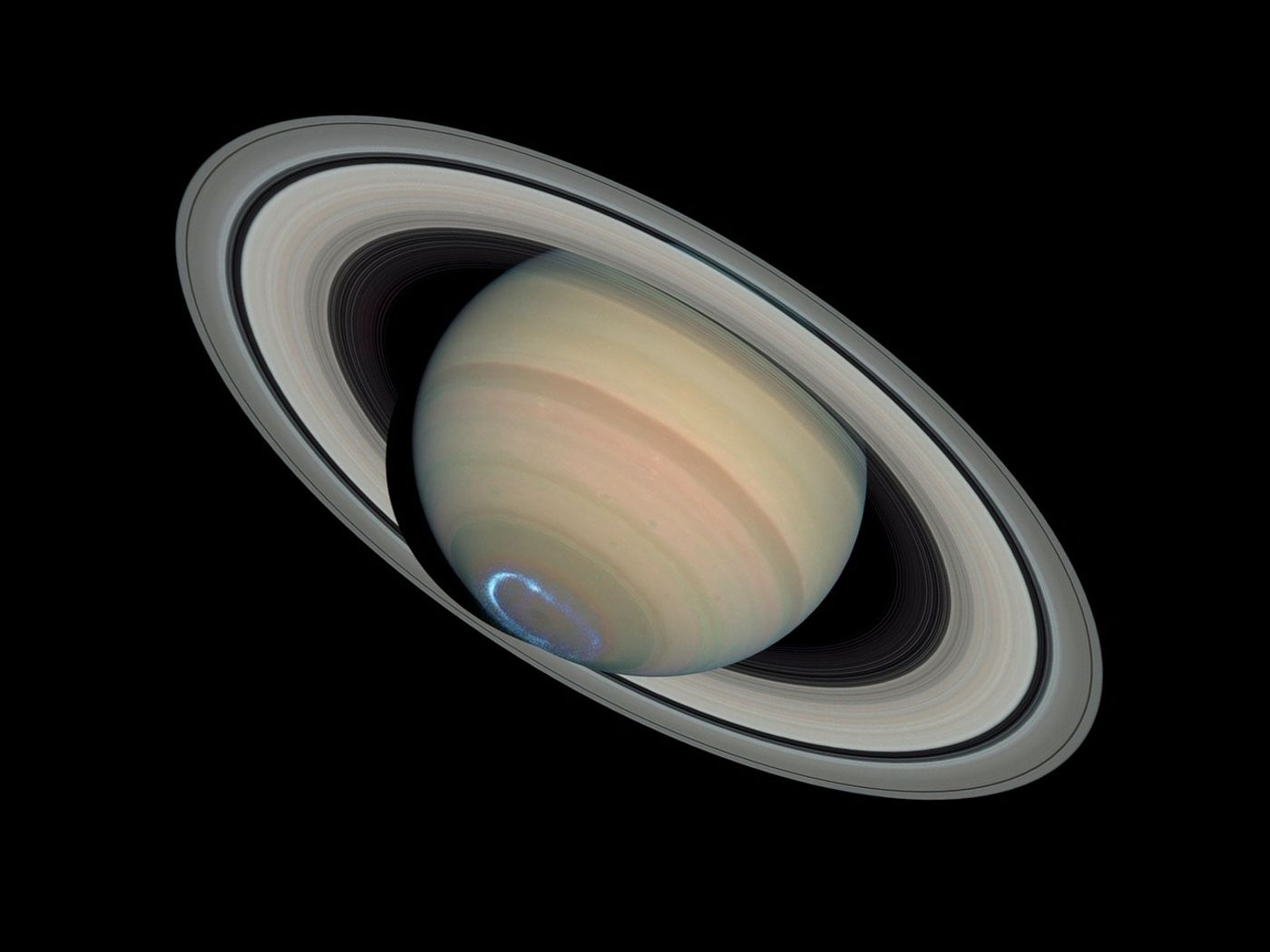The Quest to Understand Saturn's Auroras Continues
The Cassini-Huygens mission officially came to an end in September 2017 when it came dangerously close to running of fuel and was consequently ordered to make a death plunge into Saturn’s crushing atmosphere to avoid unwanted collisions with any of Saturn’s moons. But just because the spacecraft itself is no more doesn’t mean that mission scientists have stopped analyzing Cassini’s wealth of captivating data; quite the contrary, in fact.
Image Credit: Pixabay
Only weeks before Cassini made its suicidal plunge into Saturn’s atmosphere, the spacecraft squeezed in between the gassy planet’s atmosphere and its rings. These low-altitude close encounters permitted Cassini’s imaging equipment to capture photographs of Saturn’s atmosphere in unprecedented detail, and some of that imaging comprised of Saturn’s stunning ultraviolet auroras residing at its poles.
These auroras have been a particular point of interest for mission scientists since they were uniquely observed from such a small distance. This enabled higher resolution images with a greater sense of detail than ever before.
"This last set of close-up images gives us unique highly detailed views of the small-scale structures which couldn't be discerned in previous observations by Cassini or the Hubble Space Telescope," explained Alexander Bader, the lead author of a paper recently published in the journal JGR Space Physics. "We have some ideas about what their origin could be, but there is still a lot of analysis to be done."
Related: These are the sounds Cassini recorded during its close encounter with Saturn
It’s believed that Saturn’s massive auroras are a consequence of the planet’s rapidly rotating magnetic field being bombarded by energized particles that emanate from the Sun’s solar wind.
These awesome light shows on Saturn are purportedly caused by the same mechanisms that fuel Earth’s own aurora borealis, and likewise, similar bright flashes and light pulses that have been observed at Jupiter’s poles. Interestingly enough, however, scientists say that Jupiter and Saturn’s auroras are much more energized than Earth’s.
"Surprisingly many questions revolving around Saturn's auroras remain unanswered, even after the outstanding success of the Cassini mission," Bader said.
Related: Hubble spots Uranus' version of the aurora borealis
Planetary scientists continue to comb through the data collected in Cassini’s final moments, known by most as the ‘Grand Finale,’ with the hope of a breakthrough discovery about Saturn’s spectacular auroras. But will they find anything worthwhile? Only time will tell…
Source: Phys.org, JGR Space Physics









